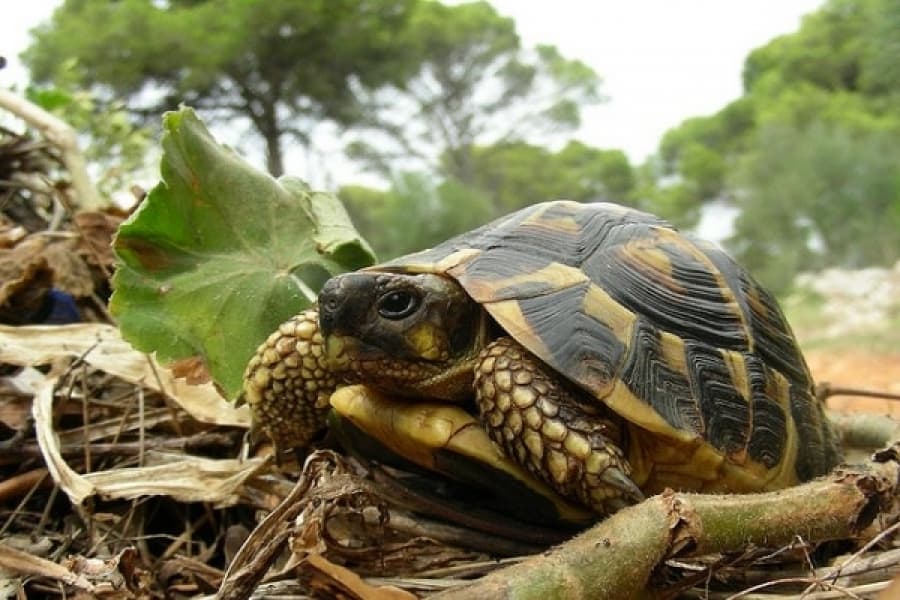
Scientific Name
- The scientific name of Greek Tortoise is Testudo graeca.
Description
- It is also known as Spur Thigh.
- Wide range of subspecies.
- The coloration of the Greek tortoise is highly variable and can range from olive with dark spots in the middle of each scute on the carapace to a “golden” form which is almost entirely yellow in appearance.
Distribution
- They are found in Southern Spain, Northern Africa, Eastern Europe, and Middle East.
Breeding and Nesting
- The tortoises breed during the rainy season.
Size
- Adult carapace size is 6 – 7 inches.
- Hatchlings average 1½ – 2 inches
Life Span
- Estimated to be over 50 years with proper care.
Diet
- The Greek tortoise is strictly herbivorous.
- They require a high-fiber, low-protein, and calcium-rich diet.
- They eat dark leafy greens such as kale, dandelion, mustard, collard, and turnip greens should be fed regularly. Natural grasses and hays can also be provided.
- High-protein foods such as commercially prepared dog and cat food and beans should be avoided at all costs since this will eventually cause renal failure due to excessive protein.
- Fruits can be given sparingly since too many fruits will result in diarrheal and other health issues.
- If calcium supplementation is required, try to use pure calcium carbonate. The bone of the cuttlefish can also be used and is commonly found in pet shops for calcium supplementation for birds.
- Fresh water should be offered at all times in a shallow dish. Your tortoise will also appreciate a 10-minute soak in shallow bath water to ensure proper hydration.
Habitat and Vivarium Housing
- Greek tortoises need a vivarium with a temperature setting of 75°F – 85°F.
- UVA and UVB lighting should also be provided to enhance the shell development.
- The vivarium should be cleaned daily using a reptile-safe cleaner. It’s healthier for your tortoise.
